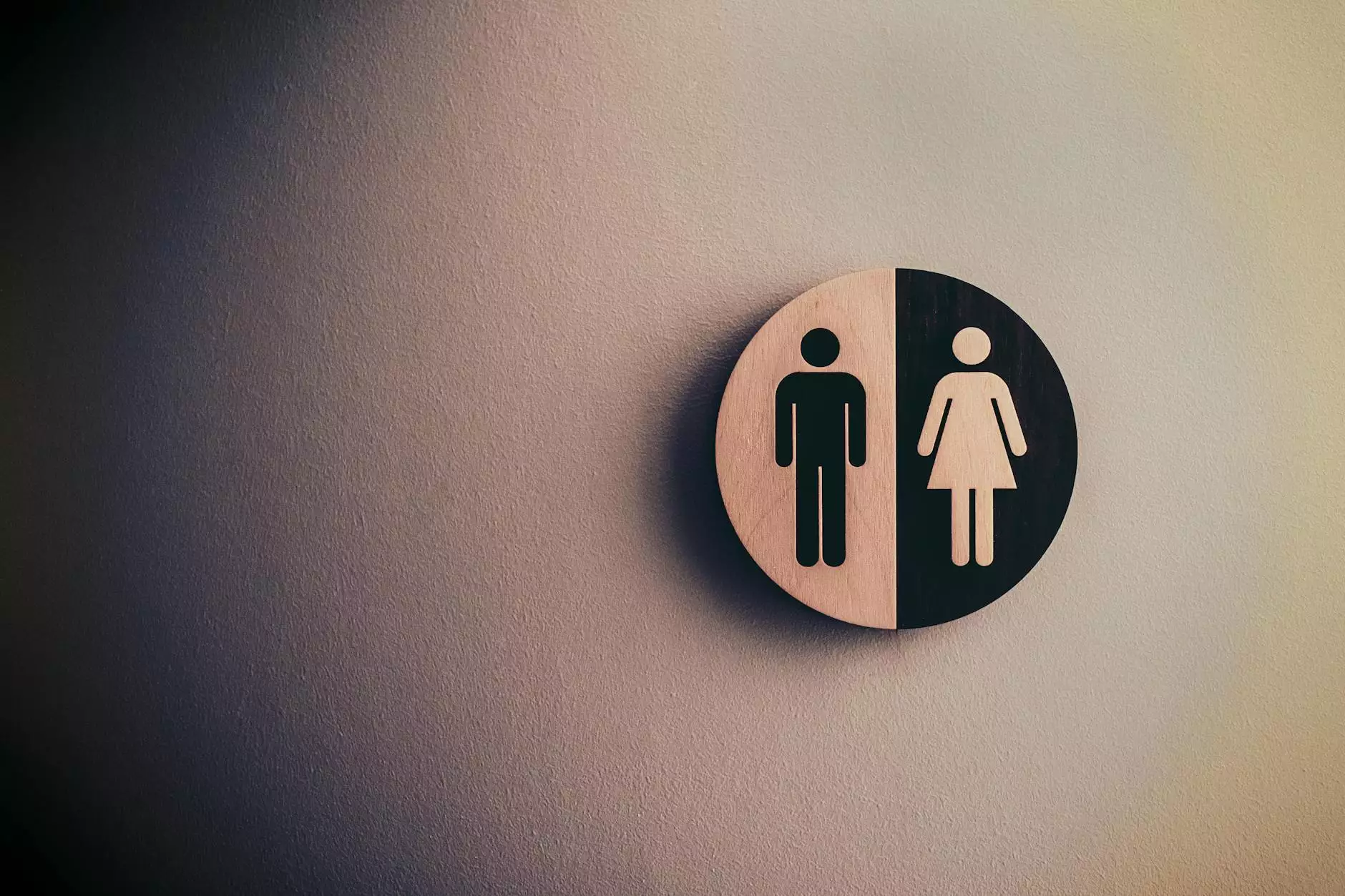The Ultimate Guide to Bathroom Toilet Repair

Welcome to White Plumbing Company's ultimate guide to bathroom toilet repair! In this comprehensive article, you will find all the information you need to troubleshoot and fix common toilet problems. Whether you're a DIY enthusiast or simply want to understand the basics before calling a professional plumber, we've got you covered.
Chapter 1: Understanding Your Toilet
Before diving into specific repair procedures, it's essential to familiarize yourself with the different components of your toilet. Understanding how each part works will make troubleshooting much easier. Here are the primary components of a typical toilet:
- Flush Handle: Located on the front or side of the toilet tank, the flush handle initiates the flushing process.
- Fill Valve: This valve controls the water flow into the tank after flushing. It refills the tank to restore the water level.
- Flush Valve: The flush valve, also known as the flapper, is responsible for releasing water from the tank into the bowl, creating a flush.
- Overflow Tube: Situated near the flush valve, the overflow tube prevents the tank from overflowing by directing excess water into the bowl.
- Trapway: The trapway serves as the passage for waste materials from the bowl to the drainpipe.
- Wax Ring: The wax ring forms a watertight seal between the base of the toilet and the floor flange.
Chapter 2: Common Toilet Problems and Solutions
2.1 Toilet Running Continuously
If your toilet continues to run even after flushing, it could be due to a faulty flush valve or fill valve. Follow these steps to fix the issue:
- Start by checking the flush valve. If the flapper is worn or damaged, it may not seal properly, causing water to leak into the bowl. Replace the flush valve if necessary.
- Next, examine the fill valve. If the float is set too high, it can prevent the fill valve from shutting off. Adjust the float to the correct position according to the manufacturer's instructions.
- Finally, ensure that the chain connecting the flush lever to the flapper is properly attached and not too tight or too loose. Adjust it if needed.
2.2 Weak or Incomplete Flush
If your toilet is experiencing a weak flush or is unable to clear the bowl completely, here are some potential solutions:
- Check the water level in the tank. If it's too low, adjust the float or fill valve to increase the water level.
- Inspect the flush holes under the rim of the bowl. Mineral deposits and debris can clog these holes, affecting the flushing power. Use a wire hanger or a small brush to clean them thoroughly.
- Ensure that the flapper is functioning correctly. If it closes too quickly or doesn't stay up long enough, it can hinder the flushing action. Adjust or replace the flapper as needed.
2.3 Leaking Toilet
A leaking toilet can waste a significant amount of water and lead to damage. Follow these steps to identify and resolve the issue:
- Inspect the base of the toilet for any signs of water. If you notice water pooling around the toilet, it could indicate a faulty wax ring. Replace the wax ring to fix the leak.
- Check the tank bolts and washers for tightness. Over time, these bolts can loosen, causing water to leak from the tank. Tighten them if necessary.
- Examine the fill valve and supply line connection for any leaks. If you find a leak, tighten the connections or replace the faulty components.
Chapter 3: Safety Considerations
While certain toilet repairs can be easily handled by homeowners, it's important to prioritize safety. Follow these precautions to minimize risks:
- Always shut off the water supply before conducting any repairs. The shut-off valve is usually located near the base of the toilet.
- Wear protective gloves when handling any toilet components to avoid direct contact with bacteria and germs.
- If you encounter a complex issue or don't feel confident in your abilities, it's best to contact a professional plumber.
- Read the manufacturer's instructions and follow the recommended guidelines for specific repair procedures.
- Dispose of any old or damaged components safely and in accordance with local regulations.
Chapter 4: Conclusion
We hope this comprehensive guide to bathroom toilet repair has provided you with the knowledge and confidence to tackle common toilet problems. Remember, regular maintenance and prompt repairs can prolong the lifespan of your toilet, saving you both time and money.
For more complex issues, or if you prefer to leave the repairs in the hands of professionals, White Plumbing Company is here to help. We offer a wide range of home services, specializing in plumbing and water heater installation/repair. Visit our website, whiteplumbingcompany.com, or contact our expert team to schedule an appointment.



